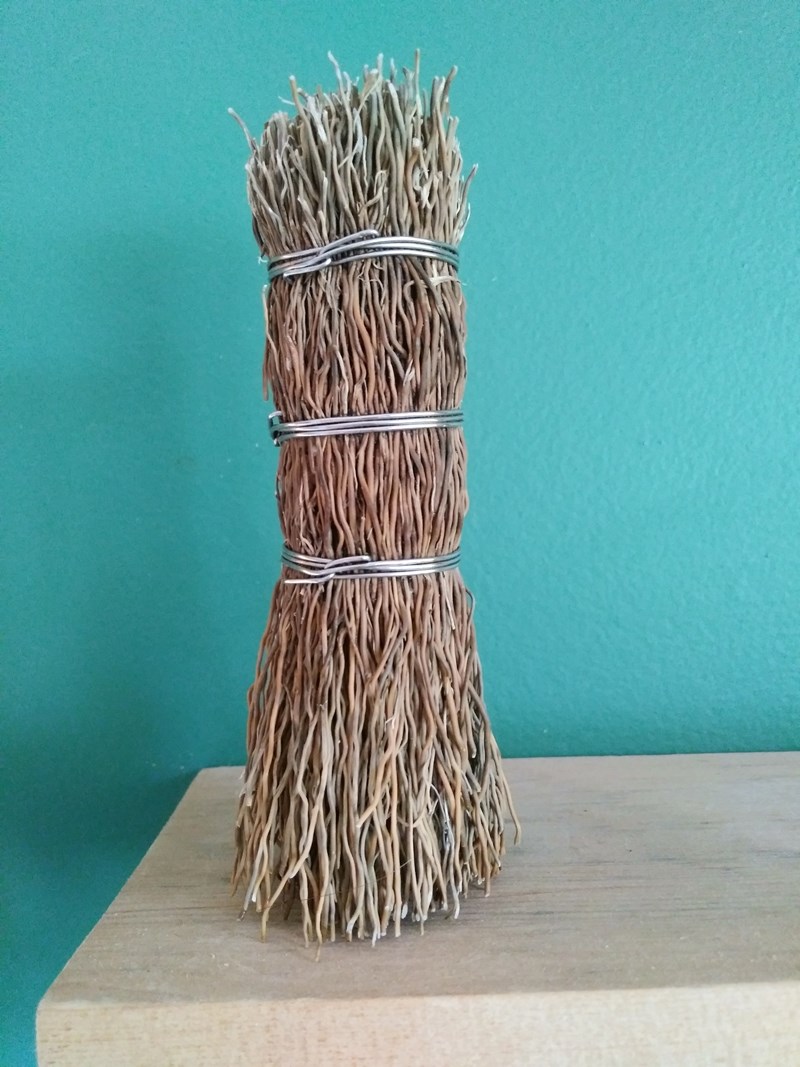We go to great lengths to keep a clean kitchen. It feels so satisfying to have a sparkling sink, and to finish ploughing through a pile of dirty dish pans.
But what about the mess we can’t see? No, not the microscopic bacteria; we seem to be pretty adept at exterminating even the good ones. It’s the plastic microfibers that may now be slipping our notice and making their way down the drain.
We’ve been hearing so much about the plastic accumulating in our oceans, and may even have heard about how these break apart into tiny pieces of microplastic that get mistaken for food by all manner of sea life. Microfibres are simply one form of these tiny plastics, and they most often come from synthetic fabric. In our kitchens they can also break off synthetic brushes and scouring pads we use to fight persistent grime.
In the past, we used elbow grease and a metal scouring pad to lift stubborn food from a frying pan. If we go back even further, there wasn’t much that could withstand the abrasive effects of sand. Now, we rely more on chemicals and cheap plastic scrubbers to do the trick. There are some great alternatives that are still tough on food residue but gentler on the earth.
When your next synthetic scrubby or plastic kitchen brush is ready to retire, unfortunately to a landfill, replace it with one or more of these options:
1. A brush with a sustainably harvested wood handle. Make sure the bristles are natural fibres (like agave plant tampico fibres), not plastic.
2. A pure metal scrubby without detergent added.
3. Invest in a more durable copper fibre scrubby that will go easy on your pans, but be hard on residue.
4. A natural fibre root brush held together with metal fasteners.
5. A loofah plant scrubby. Did you know loofahs are actually a form of squash? One sponge is now being made from loofah fibres sewn onto a cellulose sponge base.
6. Good old fashioned dish cloths made of natural fibres, rather than synthetic. Cut up old cotton shirts and use them as kitchen rags. Avoid quick-dry towels that are full of microfibres.
Be sure to follow maintenance instructions and rinse, soak, or lightly bleach these occasionally to keep them clean and ready for their next use.
When we innocently rinse our dish rags or drain the sink, we can inadvertently be sending microfibres into the ocean. Wastewater treatment facilities are not currently required to have filtration for these microscopic, but pervasive pieces of plastic pollution. We can do our part in stemming the tide of plastic fibres before they start by choosing plastic free options in all areas of our lives.
Let’s Talk Trash is qathet Regional District’s waste-reduction education program.



